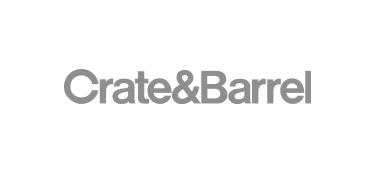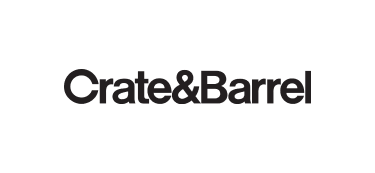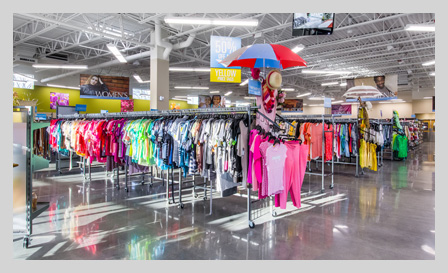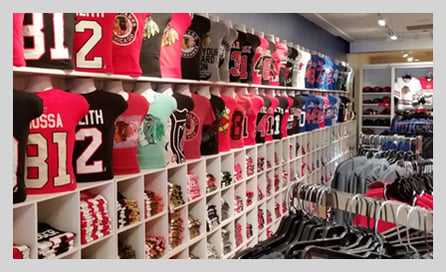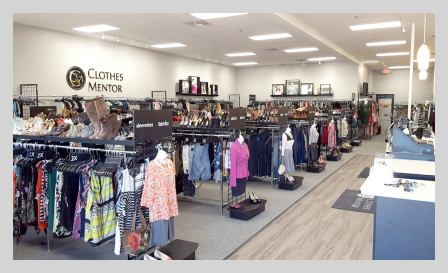
Global Reach
International & domestic manufacturing facilitiesRight Place Manufacturing
Factory selection based on project requirements
Local Values
Domestic manufacturing partnerships speed up timelines
Create a Successful Retail Environment with
Domestic & International Manufacturing

Right Place-Right Price
S-CUBE Fixtures uses a right-place fixture fabrication strategy, focusing in on the manufacturer’s core competency and the fixture program requirements, rather than a need to absorb manufacturing overhead. This unique business model enables us to explore all our material procurement and manufacturing resource options to figure out the best solution for each project.
Global Reach
S-CUBE’s global manufacturing facilities are in China (Xiamen and Shanghai), Taiwan and Vietnam. Our facilities employ a highly skilled workforce, the latest technology, stringent quality control processes, and an established logistics infrastructure.
Our Partners manage their facilities and our production with:
- No child-labor
- Adherence to all government regulations & codes
- Advanced quality control processes
- Ethical practices
- Highly trained workforces
- Sustainability practices enforced
- Shared engineering platforms
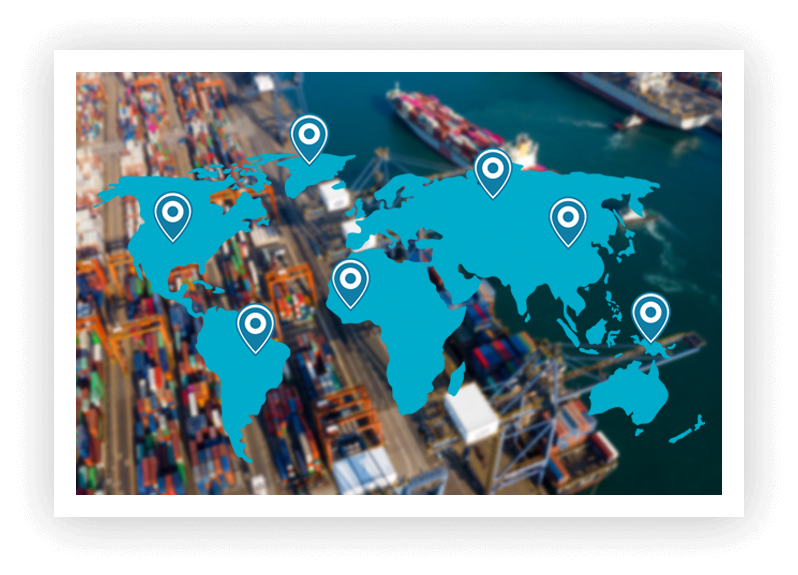
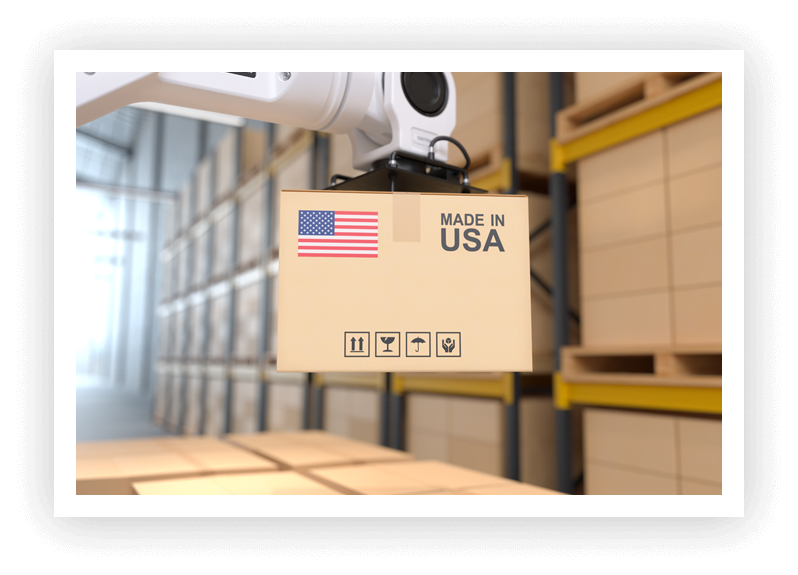
Local Values
S-CUBE has domestic manufacturing partnerships across the United States that provide high-quality workmanship and speed-to-market. This is an important advantage for short-run, highly intricate, or quick turn programs. Domestic fixture manufacturing gives retailers an opportunity to explore blended programs – using domestic production for the first rollouts while offshore production ramps up for the longer-lead time schedules.
See Our Work, Here are a Few Examples to Help Inspire Your Next Project
A combination of standard and semi-custom fixtures was deemed the right solution for Goodwill, satisfying the need for flexibility while enhancing the environment.
Standardized finishes in white wood and chrome to provide a clean look that showcases the colorful product.
Resources for Creating a Successful Retail Environment
Chat with Jeff or Kevin
Tell us about your project to get started.
Our team of industry veterans can share strategic insights, explore options and challenge costs to deliver exceptional client solutions.
Frequently Asked Questions
What is the difference between domestic and international manufacturing?
Domestic manufacturing refers to producing goods within a company's home country, offering advantages like shorter lead times, easier communication, and tighter quality control. International manufacturing involves outsourcing production to factories in other countries, often to reduce costs and access specialized skills. Each approach has benefits and challenges related to cost, logistics, compliance, and speed, so businesses choose based on priorities like budget, quality, and market demands.
How do I choose between domestic and international manufacturing?
Choosing between domestic and international manufacturing depends on factors like budget, production volume, quality requirements, and lead time. Domestic manufacturing usually provides faster turnaround and easier oversight but can be costlier. International manufacturing may reduce costs and scale easily but involves longer shipping times and potential communication barriers. Assess your project goals, timelines, compliance needs, and risk tolerance before deciding which option aligns best with your business strategy.
What are the common challenges of international manufacturing?
International manufacturing presents challenges such as longer lead times, shipping delays, customs regulations, and communication across different time zones and languages. There can also be risks related to quality control and intellectual property protection. Managing these challenges requires careful planning, strong supplier relationships, and clear contracts. Many companies use experienced partners or consultants to navigate logistics, compliance, and cultural differences when outsourcing production overseas.
What are the benefits of domestic manufacturing?
Domestic manufacturing offers faster turnaround times, improved quality control, and easier communication due to geographic and cultural proximity. It allows companies to respond quickly to market changes and maintain tighter control over production processes. Additionally, it supports local economies and can simplify compliance with regulations. Domestic manufacturing is ideal for businesses prioritizing agility, shorter supply chains, and high-quality standards.
How does quality control differ between domestic and international manufacturing?
Quality control in domestic manufacturing typically benefits from easier access to production sites, allowing for direct inspections and quicker issue resolution. In international manufacturing, quality control can be more complex due to distance and language barriers, requiring remote monitoring, third-party inspections, and rigorous documentation. Both methods require clear quality standards, effective communication, and trusted partners to ensure products meet specifications consistently.
What factors affect the cost of domestic versus international manufacturing?
Costs are influenced by labor rates, material prices, shipping and logistics, tariffs, and compliance with local regulations. Domestic manufacturing generally has higher labor and overhead costs but lower shipping expenses. International manufacturing can offer reduced labor costs but may incur additional expenses like import duties, longer shipping times, and risks of delays. A total cost of ownership analysis helps businesses compare these factors for informed decision-making.
How can I ensure timely delivery in international manufacturing?
Ensuring timely delivery in international manufacturing requires clear contracts, realistic lead times, and robust supply chain management. Regular communication with suppliers, tracking shipments, and contingency planning for customs or transportation delays are critical. Partnering with experienced logistics providers and maintaining buffer stock can help mitigate risks. Transparency and proactive problem-solving throughout the process improve on-time delivery rates.
Can manufacturing be scaled easily between domestic and international facilities?
Yes, manufacturing can often be scaled between domestic and international facilities depending on capacity and resources. Domestic facilities typically offer more agility for small to medium runs, while international manufacturing can provide large-scale production cost advantages. Companies often use a hybrid approach—leveraging domestic manufacturing for prototyping or urgent orders and international manufacturing for mass production—balancing cost, speed, and flexibility.







































